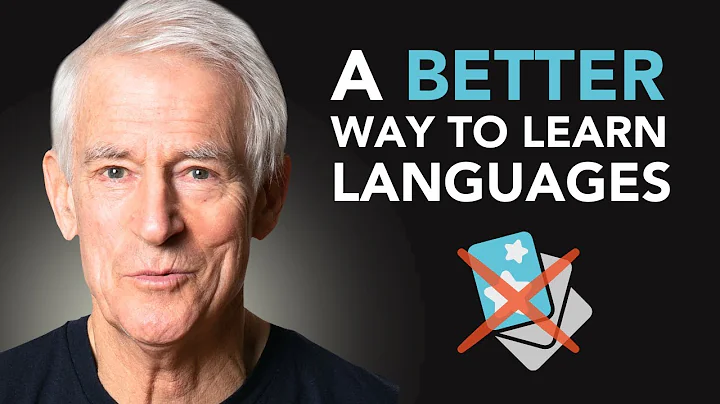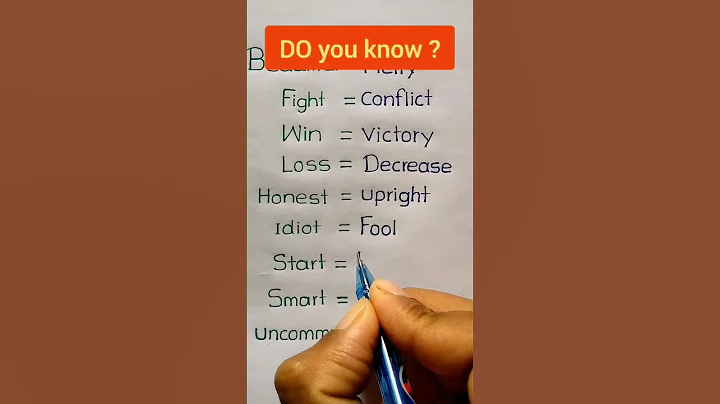Hello everyone, I am Sister Na.
When we learn pronunciation, we often have many misunderstandings, which lead us to get further and further away from the goal of practicing standard pronunciation. Today we will discuss the three major misunderstandings about pronunciation learning to see if you are all hit?
Misunderstanding 1: If you learn the phonetic symbols well, everything will be fine.
Many friends learn the phonetic symbols well. There is no problem when practicing pronunciation of words, but when putting the words in a sentence, they look confused and confused. If you are in a slightly better situation, you can hear some words in the sentence. More people can only hear a few familiar sounds, but they can't correspond to the words they usually practice.
Why?
Because when we learn pronunciation, we only focus on the practice of single pronunciation, but ignore the various rhythms, intonation, sentence stress, weak pronunciation and pronunciation characteristics that appear in the fast stream of speech. These are the correct channels to English pronunciation, and spending a lot of time practicing monophonics helps listening and speaking is minimal.
Take /h/sound as an example. /h/ pronunciation is an that can be omitted in the fast stream, which is mainly applicable to the following situations:
pronoun he, her, his, him, auxiliary verbs have, has, had, and had, and the /h/ pronunciation in the question word who can usually be omitted.
a. I thought her was. /h/ in her is omitted, thought her is /θɔ:tə/.
b. Is he in Hangzhou now? /h/ in he is omitted, Is he is issued as /ɪzi/.
c. The teachers have all left. /h/ in have is omitted. At the same time, have as an auxiliary verb is weakly pronounced. have is pronounced as /əv/. The three words teachers, have, and all are pronounced in conjunction with each other, pronounced as /ˈti:tʃəsə vɔ:l/.
d. Can you describe the person who did it? who omits /h/ and sends it as /u:/.
However, it should be noted that is not omitted when /h/ is re-read or at the beginning of a sentence.
For example: It’s not mine, it’s his. Emphasize that this is his, not my , his /h/sound is not omitted.
It’s him! It emphasizes that it is him, not others , and the /h/sound in him is not omitted.
Has Ken arrived? has at the beginning of the sentence, and the /h/ pronunciation is not omitted.
Who did it? who is at the beginning of the sentence, and the /h/ pronunciation is not omitted.
We see that the omission of /h/sound alone contains many situations, and this is only a small part of the pronunciation characteristics. If we master 100% of the pronunciation knowledge, not only understand the pronunciation rules of monophonics, but also be familiar with the various pronunciation characteristics that appear in the fast stream of speech, then our listening and speaking will definitely improve quickly and significantly.

Misunderstanding 2: If you don’t understand, start reading
and read, of course, it is OK, but the premise is to understand first, understands the meaning of the sentence, understands the rhythm, tone, rereading, weak style and all pronunciation characteristics of the sentence, and understands the pronunciation of vowels and consonants . If you don’t understand, start reading, which will only make your wrong pronunciation constantly strengthen and will not play a role in improving your pronunciation.
The correct way to do it is to first think about how you will read it, but not read it out loud when you see a sentence; then listen to the original sound, understand all the pronunciation knowledge of the original sound, and then start imitating the original sound. You can record your voice, compare it with the original sound, find the gap, and constantly adjust until the gap with the original sound becomes smaller and smaller.
For example, the following sentence:
My mate picked us up from the airport.My friend picked us up from the airport.
This sentence contains pronunciation knowledge such as -t- and -p-, incomplete burst, sentence stress, weak reading, and continuous reading. At the beginning of learning, we must first understand these pronunciation knowledge and then analyze the sentences.
1. In fluent English, if a word ends with /t/ and the next word starts with /p/, when the two sounds are connected, the pronunciation of /t/ will change a little, which sounds like the pronunciation of /p/, so mate picked becomes /meɪp pikt/, because the previous /p/ is followed by another /p/, and the previous /p/ is not completely exploded, and the two sounds only make one sound of /p/. /k/ in
2.picked /pɪkt/ is a burst sound, followed by a consonant, then /k/ is only an oral shape and does not pronounce it.
3. The actual words in English should be reread, and functional words such as subject pronouns, personal pronouns, prepositions, articles, etc. should not be reread. Therefore, the mate, picked and airport in this sentence are reread, and the rest of My, us, up, from and the are all weakly read, among which us and from send their weak read forms /əs/ and /frəm/, and My, up and the are all read as short, light and unclear as possible.
4. The consonant at the end of a word and the vowel at the beginning of the word can be read in conjunction, so the three words picked us up have conjunction and are pronounced as /pɪktəsʌp/.
So the pronunciation of the whole sentence is:
My mate picked us up from the airporttml3
/maɪ meɪp piktəsʌp frəm ði ˈeəpɔ:t/
You see, there is so much pronunciation knowledge in a sentence. After analysis and listening, we can quickly master the pronunciation knowledge applied by the original sound during reading aloud, so that we can efficiently imitate and absorb it into our own pronunciation characteristics .

Misunderstanding 3: Try to English sound or American sound , only listen to one accent
Some people think that learning English must be in a pure accent environment. For example, when a child learns English, if he learns American sound, he must completely listen to American sound materials. If he learns English, he cannot listen to American sound and cannot communicate with people who speak American sound.
will not discuss whether the view is true or not. Let’s take a look at a story first.
In the English teaching program English With Lucy, anchor Lucy once shared a story about her grandmother.
She mentioned that her grandmother has been living locally and has not communicated with people with different accents from other places, which has resulted in her inability to communicate effectively with people with other accents.
. Lucy herself, because she often listens to different English accents, and as an English teacher, she has come into contact with many students from all over the world who speak various accents. Now Lucy can understand the English spoken by all kinds of people.
I think, through this story, everyone can understand the importance of listening to different English accents. As for when you want to get into different accents, it all depends on yourself.
As a beginner, if conditions permit, you can only learn the English accent materials you choose. If the conditions do not allow it, just like when my eldest daughter was learning English picture books, I used English to explain it, but the original sound audio is sometimes American tone, so I will not worry about whether her accent will be affected, because even if is a native of British people, there will be traces of American tone in their own accents.
So, when you encounter good English learning materials, no matter whether it is English or American music, just learn it! Never give up high-quality learning tools and materials because of accent problems, nor do you listen to only one accent English for a long time. After has a certain voice reserve, you must listen to various accents more, so that you can accumulate more variations in the voice and achieve the ultimate goal of effective communication.

Conclusion:
You need to use the right method to learn pronunciation. If the method is wrong, no matter how hard it is, it will only go against the contrary and cannot achieve the goal of . I hope that the sharing of the above three misunderstandings will be helpful to your voice learning.
In the next issue, I will organize the correct way to open English pronunciation learning for you and recommend some useful pronunciation learning materials. Please stay tuned.
Author introduction:
Hello everyone, I am Sister Na, an ordinary second-child mother in 1989. Adhere to self-discipline and improve, be a growth mother, and share your practical information about reading, parenting and English for you.











